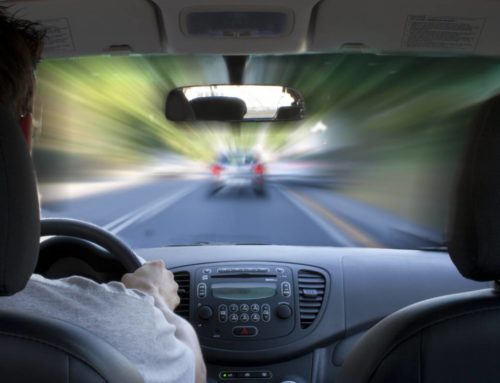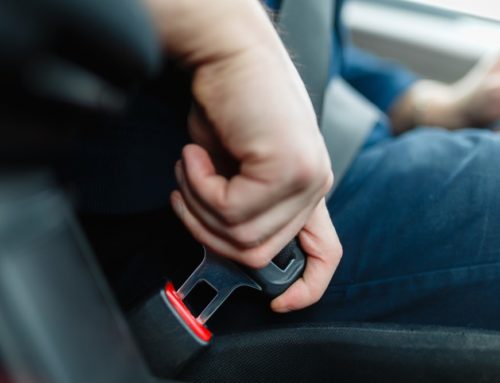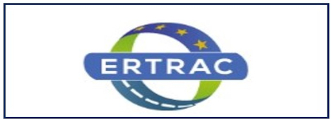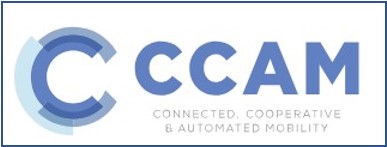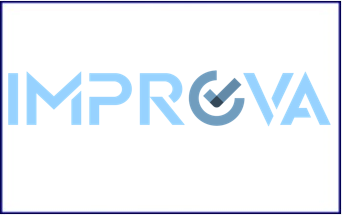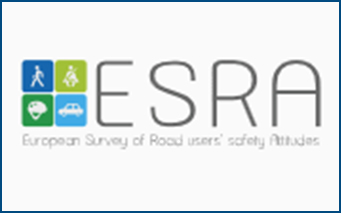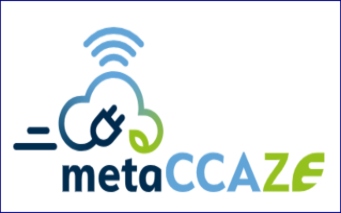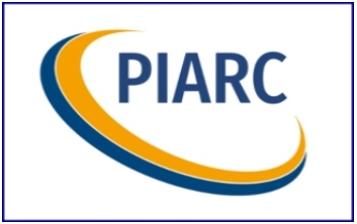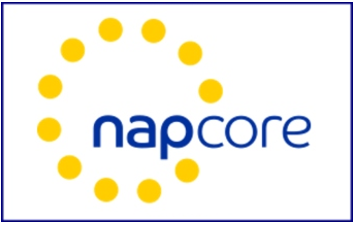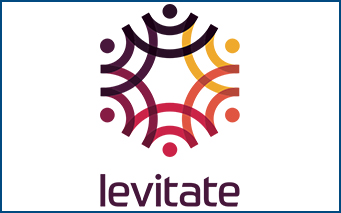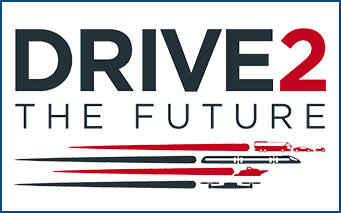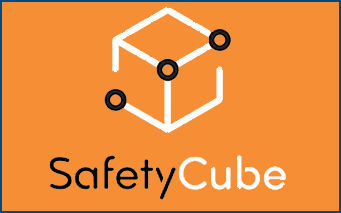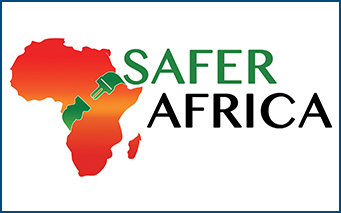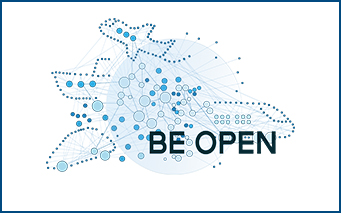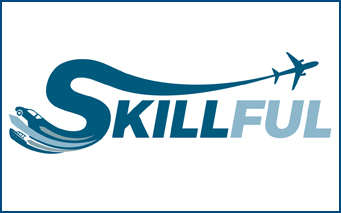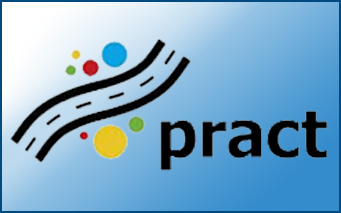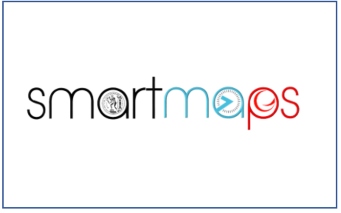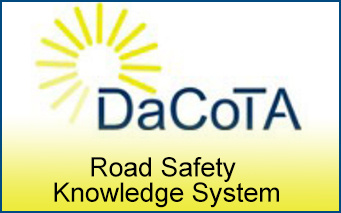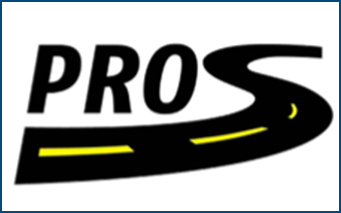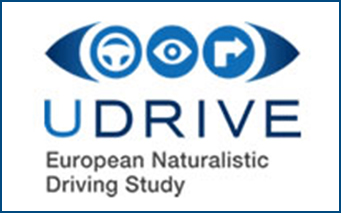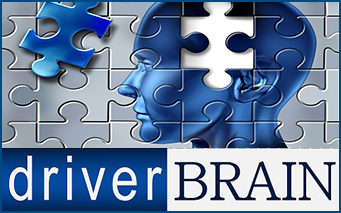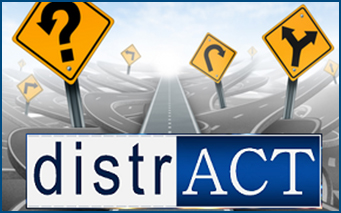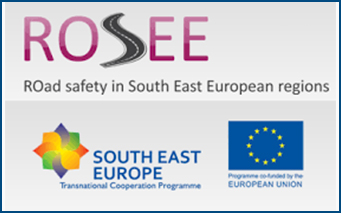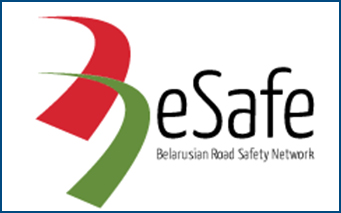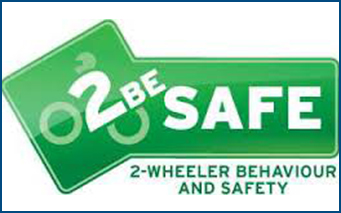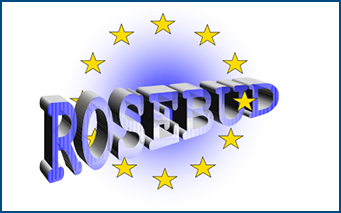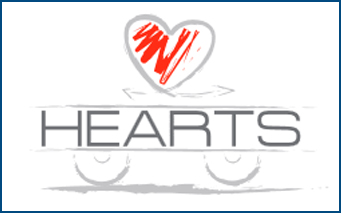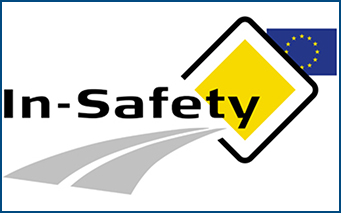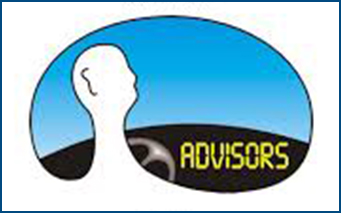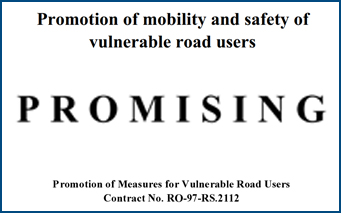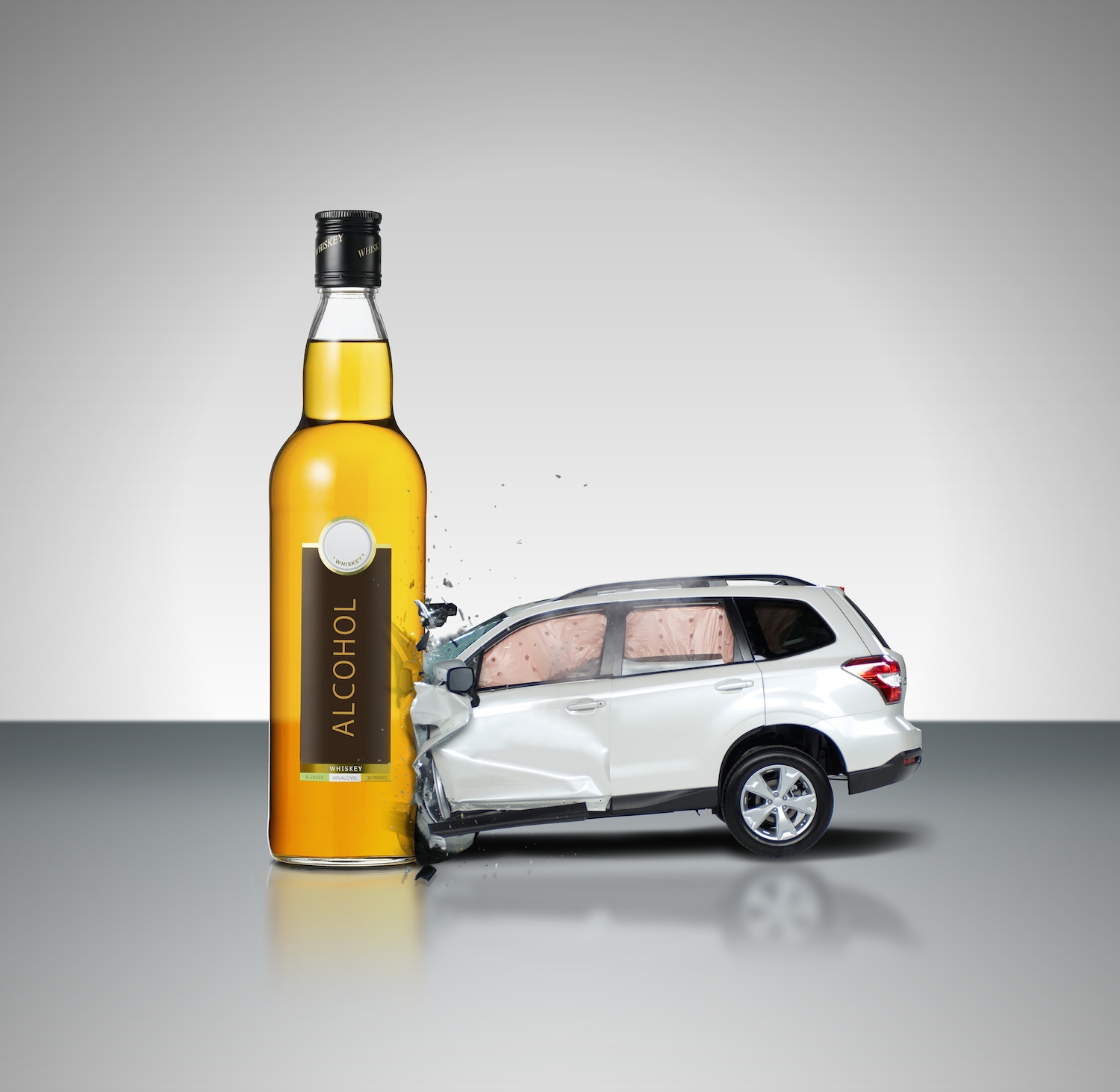
Driving under the influence of alcohol and any psychoactive substance or drug increases the risk of a crash that results in death or serious injuries. About 25% of all road fatalities in Europe are alcohol related whereas about only 1% of all kilometres driven in Europe are driven by drivers with 0.5 g/l alcohol in their blood or more [1]. If the proportion of 25% applies worldwide and is based on 1,25 million road fatalities per year, the annual number of alcohol-related road deaths will be around 312.500.
Approximately 1 in every 10 seriously injured drivers is estimated to have used drugs; about half of these casualties have also used alcohol [2]. As the Blood Alcohol Concentration (BAC) in the driver increases, the crash rate also rises. Compared to a sober driver the crash rate of a driver with a BAC of 0.8 g/l (still the legal limit in 3 of 25 EU-member states) is 2.7 times that of sober drivers. When a driver has a BAC of 1.5 g/l his crash rate is 22 times that of a sober driver while, the crash rate for fatal crashes is about 200 times that of sober drivers.
Effects of alcohol or drugs on driving
- Divided attention. Research suggests that when asked to divide their attention between two tasks, participants tend to focus on one task at the expense of the other.
- Far less muscle control than normal
- Clear deterioration of reaction time and control
- Reduced response to emergency driving situations
- Poor coordination
- Reduced ability to maintain lane position
- Accelerate or brake appropriately
- Reduced information processing capability (e.g., signal detection, visual search)
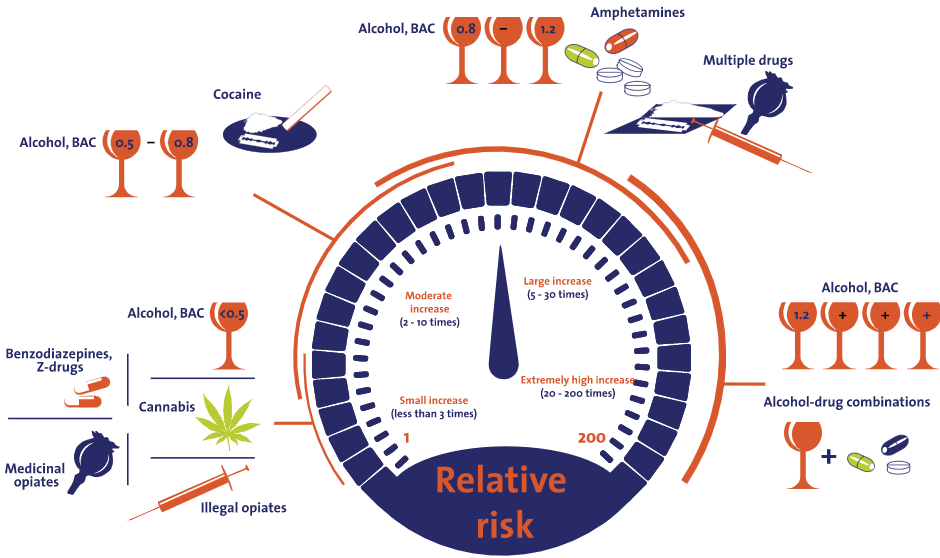
Why the driving under the influence of alcohol or drugs is dangerous?
Driving a vehicle while impaired is a dangerous crime. Those who drive under the influence of alcohol or drugs, whether obtained legally or illegally, pose a danger to themselves, their passengers, and other road users. Most of the skills related to tracking performance, reaction times, and visual detection, already begin to deteriorate at a BAC below 0.5 g/l [3].
Key Recommendations
There is a clear need to drive sober. How?
- Designate a sober driver, call a cab, or use a ride-hailing service!
- Wait an hour or two! Time is the only way to sober up. Your blood alcohol level will go down roughly the equivalent of one drink an hour.
- Don’t let friends get behind the wheel if they’re under the influence of drugs or alcohol
- Always wear your seat belt! It’s your best defense against impaired drivers
- If you see an impaired driver on the road, contact local law enforcement. Your actions could help save someone’s life!

